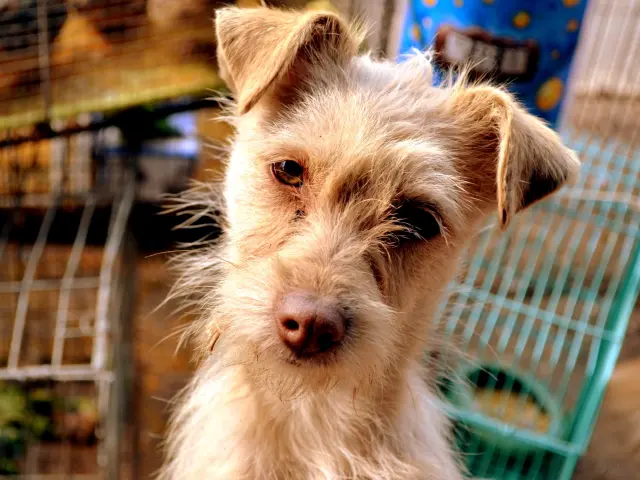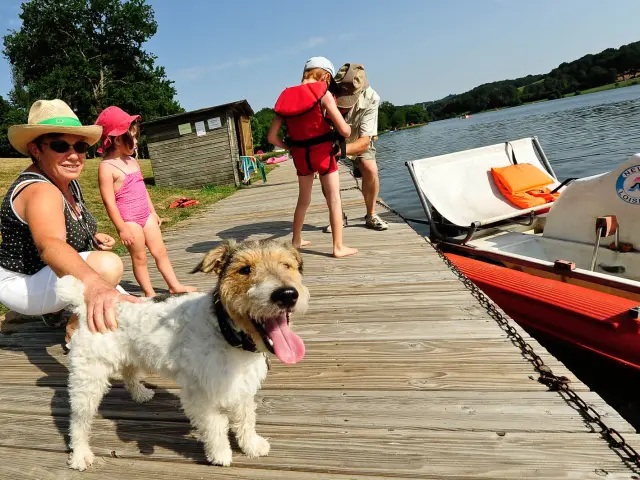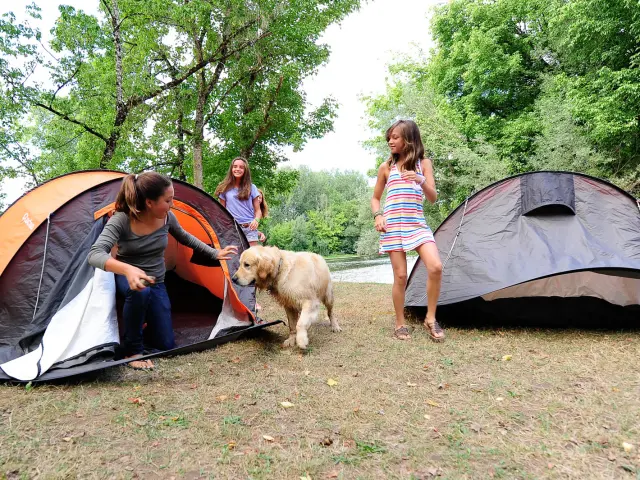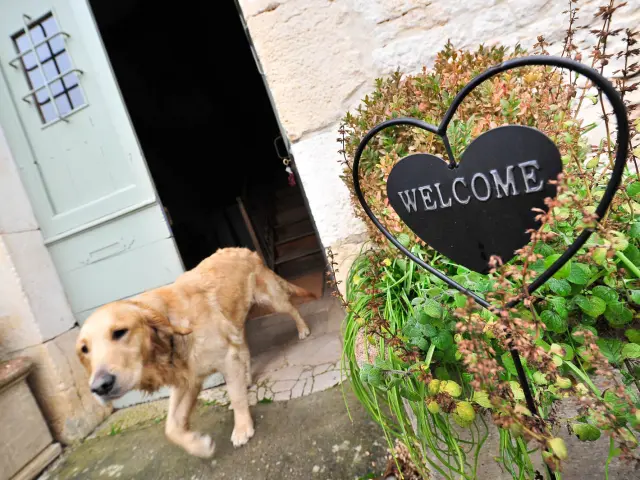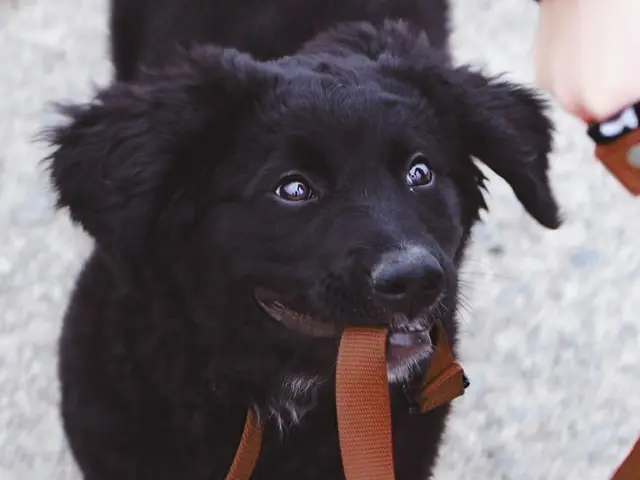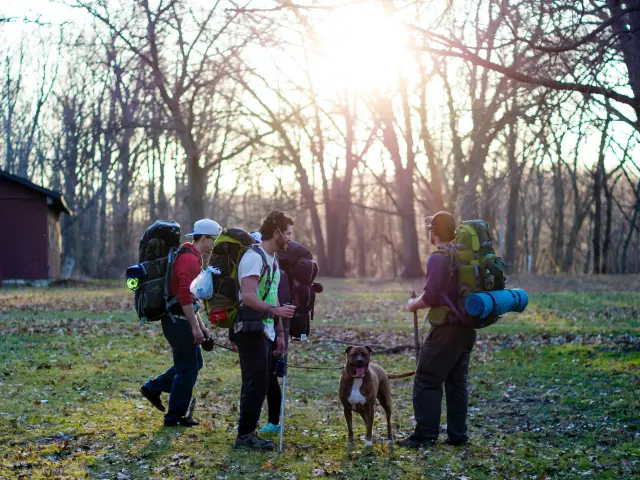With the Pet Travel Scheme, dogs can travel between all European countries using an approved Pet Passport. Most ferry companies require owners to keep their pups (except guide dogs) in the vehicle during the crossing, however some are equipped with kennels.
The cost of transporting a dog by ferry depends on if a kennel is required and the length of the crossing, but expect to pay anything from £16.50 to £50 each way.
It costs £15 each way for dogs to travel on the Eurotunnel. If you’re traveling by plane, pets must be secured in a cage provided or sold by the airline in the hold. Fees are specific to each airline.
If you’re pet is unfazed by boat journeys and is in his element on the road, then the ferry would be your best shot.

